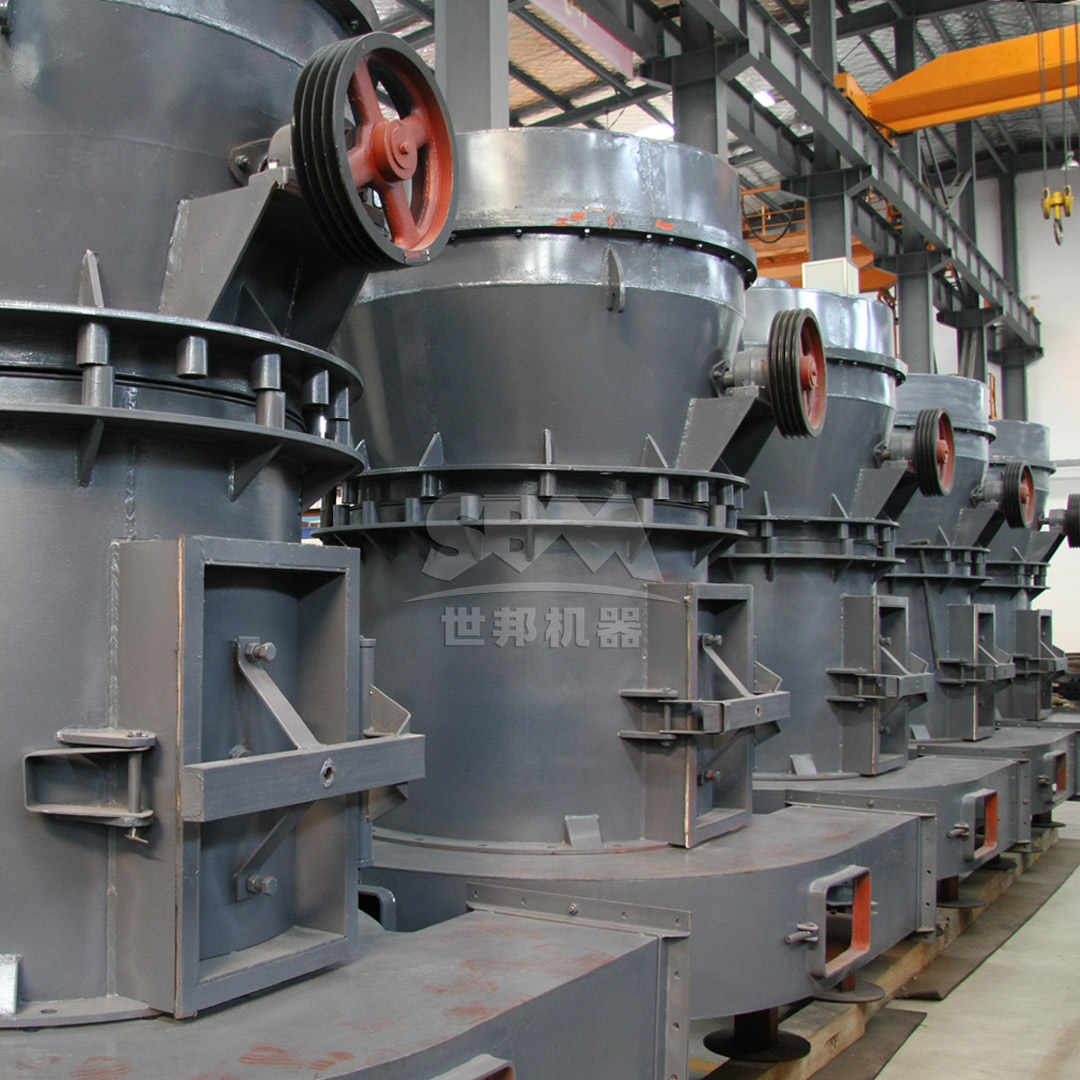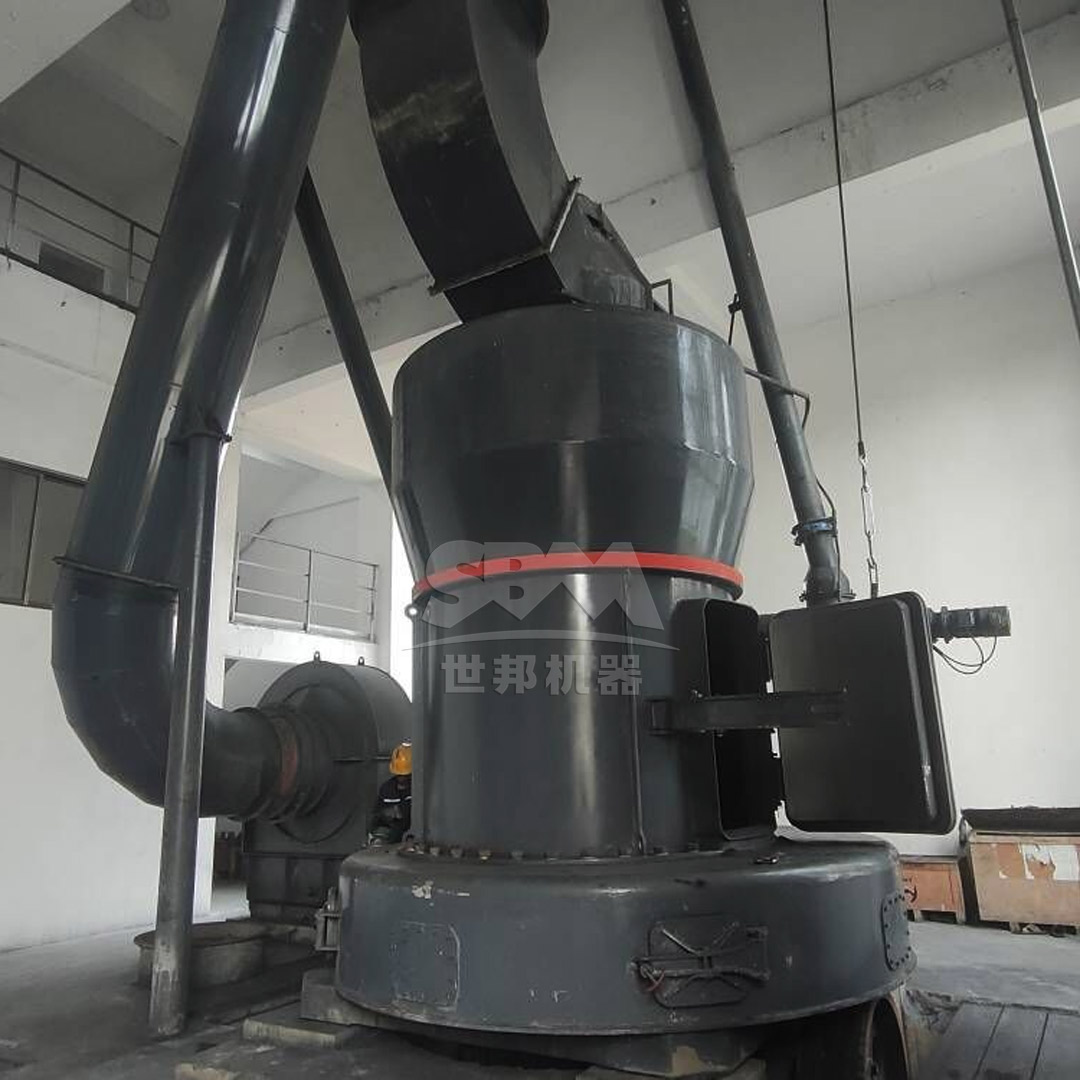The cement manufacturing industry stands at a critical juncture where operational efficiency, product quality, and environmental sustainability converge. Among the various processes involved in cement production, clinker grinding represents one of the most energy-intensive stages, accounting for approximately 30-40% of total electrical energy consumption in a typical cement plant. The evolution of grinding technology has progressively shifted from traditional ball mills to more efficient vertical roller mills (VRMs), which offer significant advantages in terms of energy efficiency, product quality control, and operational flexibility.
Vertical roller mills have revolutionized clinker grinding through their unique operating principle and advanced design features. Unlike conventional ball mills that rely on impact and attrition between grinding media and material, VRMs utilize a bed compression grinding mechanism where material is ground between a rotating table and rollers under hydraulic pressure. This fundamental difference in grinding mechanism translates to substantial energy savings, typically ranging from 30-50% compared to ball mill systems.
The durability of cement products is intrinsically linked to the particle size distribution and microstructural characteristics of the ground clinker. VRMs produce a narrower particle size distribution with optimal packing density, which enhances the hydration characteristics and ultimate strength development of the cement. Furthermore, the ability to precisely control grinding parameters in VRMs allows cement producers to tailor product properties to specific application requirements, whether for high-early-strength cement, sulfate-resistant varieties, or low-heat formulations.
| Grinding System | Specific Power Consumption (kWh/t) | Particle Size Distribution (Blaine cm²/g) | Noise Level (dB) | Maintenance Frequency |
|---|---|---|---|---|
| Ball Mill | 32-38 | 3200-3800 | 100-110 | High |
| Vertical Roller Mill | 22-28 | 3500-4200 | 75-85 | Low |
| Roller Press + Ball Mill | 26-30 | 3300-4000 | 85-95 | Medium |
Modern vertical mills incorporate several technological innovations that enhance their performance in cement clinker grinding applications. These include advanced grinding roller designs with improved wear resistance materials, sophisticated hydraulic systems for precise grinding pressure control, high-efficiency separators for optimal particle classification, and integrated drying capabilities for handling materials with varying moisture content.
One notable advancement in this field is our LM Series Vertical Roller Mill, which represents the culmination of decades of research and practical experience in cement grinding technology. This mill series features a compact design that integrates multiple functions including grinding, drying, classification, and conveying within a single unit. The LM Series demonstrates remarkable efficiency with energy consumption reductions of 30-40% compared to traditional ball mill systems, while simultaneously offering superior product quality control.

The grinding mechanism of the LM Series employs a unique combination of compression and shear forces applied through hydraulically loaded grinding rollers onto a rotating grinding table. This creates a highly efficient grinding bed with minimal energy loss to vibration and heat generation. The mill’s intelligent control system continuously monitors and adjusts operational parameters such as grinding pressure, table speed, and separator settings to maintain optimal performance under varying feed conditions.
The relationship between cement particle characteristics and concrete durability has been extensively documented in scientific literature. Cement with optimized particle size distribution demonstrates improved packing density in concrete mixtures, resulting in reduced porosity and enhanced resistance to aggressive environmental factors such as sulfate attack, chloride penetration, and freeze-thaw cycles.
Vertical roller mills excel in producing cement with precisely controlled particle size distributions. The integrated high-efficiency separators in modern VRMs allow for tight control over the maximum particle size and the proportion of fine particles, both critical parameters influencing cement performance. The ability to consistently produce cement with a steep particle size distribution curve contributes to more complete hydration and the development of a denser microstructure in hardened concrete.

Our LM220K Vertical Mineral Mill exemplifies this capability with its advanced dynamic separator technology that enables precise control over product fineness ranging from 170-45μm (80-325 mesh). With a processing capacity of 36-105 tons per hour and power consumption of just 800kW, this model represents an optimal balance between production efficiency and product quality for medium to large-scale cement production facilities.
The operational reliability of grinding equipment directly impacts cement plant availability and maintenance costs. Vertical roller mills designed for cement clinker grinding incorporate several features to enhance reliability and simplify maintenance procedures. These include durable wear protection systems with specialized hardfacing materials, modular design concepts for quick replacement of wear parts, and sophisticated condition monitoring systems that provide early warning of potential issues.
The grinding elements in VRMs typically demonstrate service lives ranging from 6,000 to 10,000 operating hours, depending on the abrasiveness of the feed material and operational conditions. Advanced wear protection strategies, including automatic roller profiling systems and in-situ hardfacing capabilities, further extend component life and maintain grinding efficiency throughout the wear cycle.
| Wear Component | Typical Service Life (hours) | Replacement Time (hours) | Wear Monitoring Method |
|---|---|---|---|
| Grinding Rollers | 7,000-10,000 | 24-48 | Vibration Analysis + Thickness Measurement |
| Grinding Table Segments | 8,000-12,000 | 36-60 | Laser Scanning + Thickness Measurement |
| Separator Blades | 15,000-20,000 | 12-24 | Visual Inspection + Performance Monitoring |
The environmental advantages of vertical roller mills extend beyond reduced energy consumption. Modern VRMs operate with fully enclosed systems that prevent dust emissions, with integrated baghouse filters ensuring particulate emissions remain below 20 mg/m³, significantly lower than regulatory requirements in most jurisdictions. The lower operating noise levels of VRMs, typically below 80 dB(A), contribute to improved working conditions and reduced environmental impact on surrounding communities.
Additionally, the ability of vertical roller mills to effectively grind blended cements containing supplementary cementitious materials such as granulated blast furnace slag, fly ash, and limestone further enhances their sustainability profile. The superior grinding efficiency for these materials enables higher substitution rates without compromising product quality, thereby reducing the clinker factor and associated CO₂ emissions per ton of cement produced.

The ongoing development of vertical roller mill technology continues to focus on enhancing energy efficiency, operational flexibility, and digital integration. Emerging trends include the implementation of advanced process control systems utilizing artificial intelligence and machine learning algorithms to optimize mill performance in real-time, the development of novel wear-resistant materials to extend component service life, and the integration of VRMs with digital twin technology for predictive maintenance and operational planning.
Hybrid grinding systems combining vertical roller mills with high-pressure grinding rolls (HPGR) represent another promising development, offering potential for further energy reduction while maintaining product quality. These systems leverage the respective strengths of each technology – the efficient pre-grinding capability of HPGRs and the precise finishing grinding and drying capacity of VRMs.
Vertical roller mills have firmly established themselves as the technology of choice for modern cement grinding circuits, offering compelling advantages in energy efficiency, product quality, and environmental performance. Their ability to produce cement with optimized particle characteristics directly contributes to enhanced durability of concrete structures, addressing one of the key challenges in sustainable construction. As cement producers face increasing pressure to improve sustainability while maintaining competitiveness, the adoption and continued refinement of vertical roller mill technology will play a pivotal role in shaping the future of the industry.
The integration of advanced vertical mills like our LM Series into cement production lines represents a strategic investment that delivers tangible benefits across multiple dimensions – from reduced operating costs and improved product performance to enhanced environmental compliance. As the industry continues to evolve, these technologies will undoubtedly remain at the forefront of innovation in cement manufacturing.